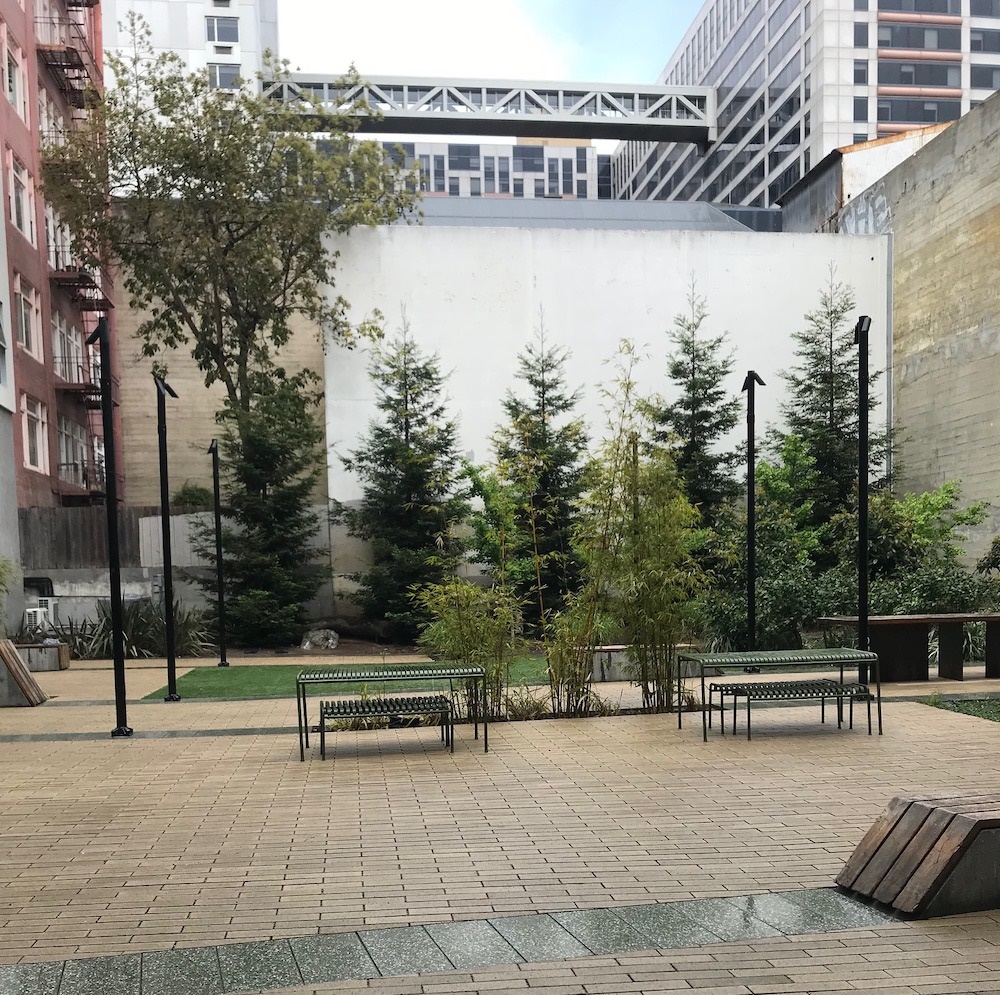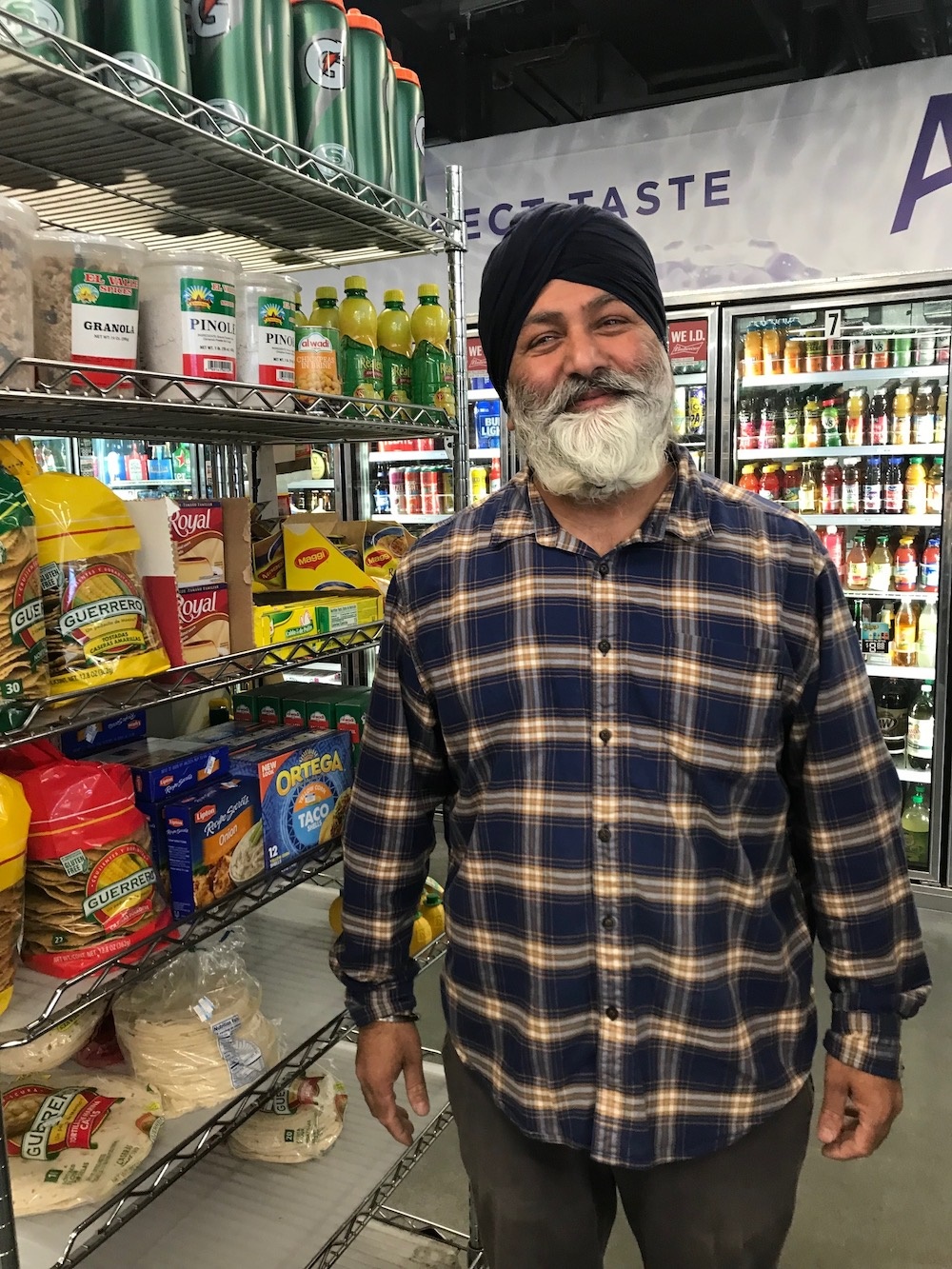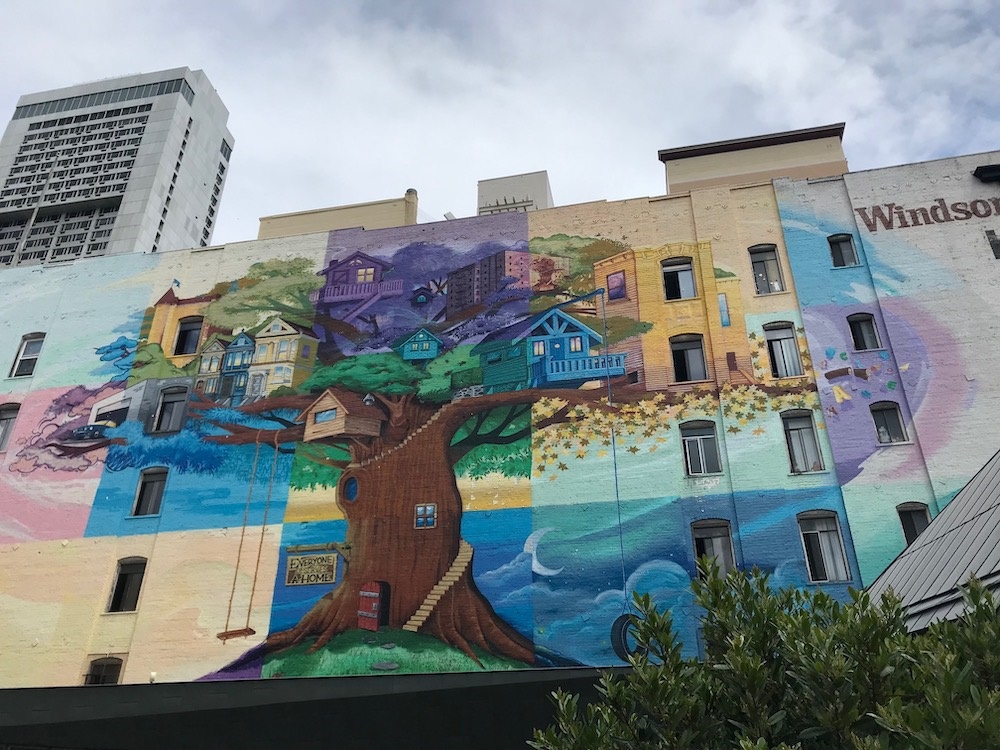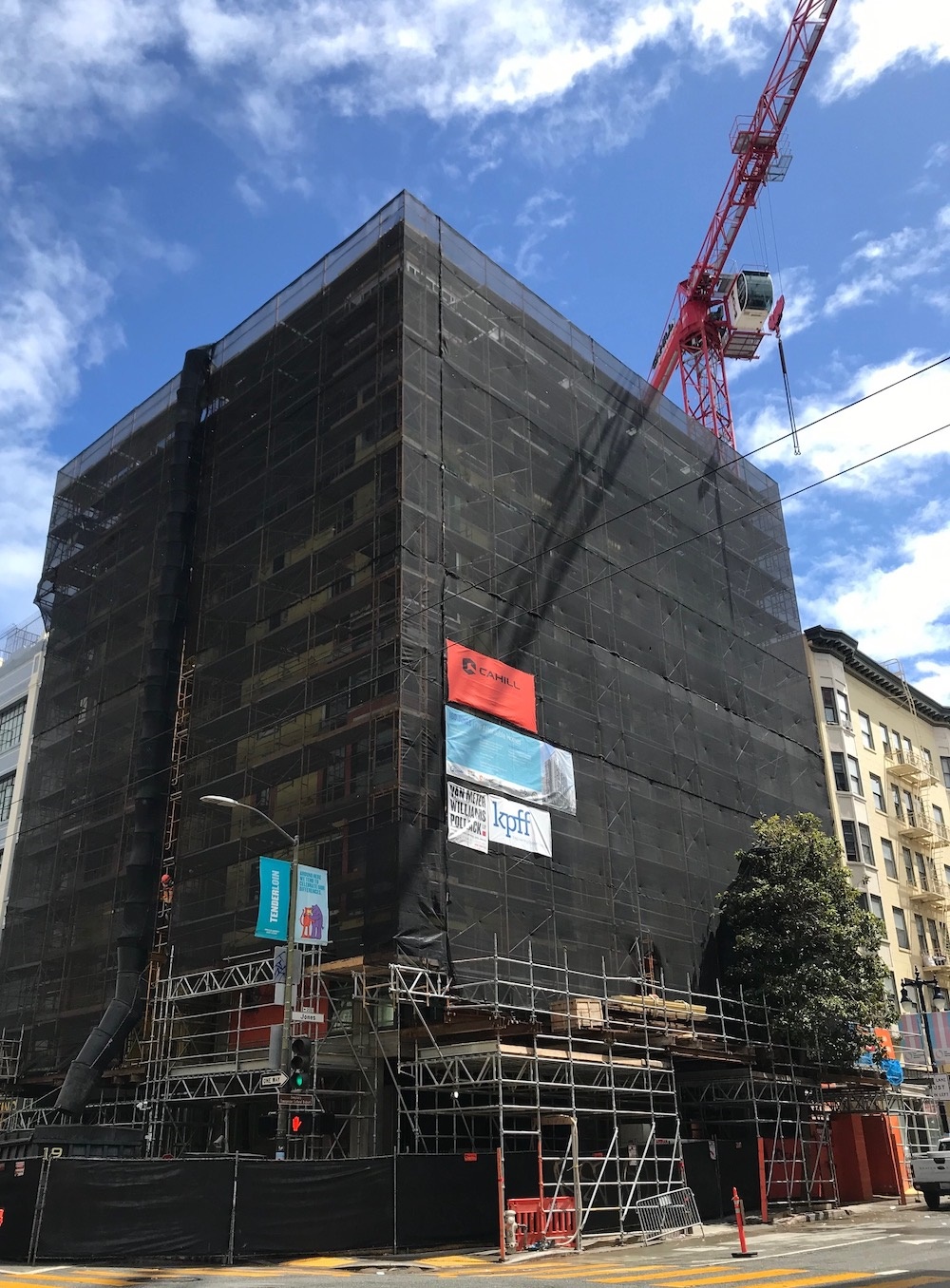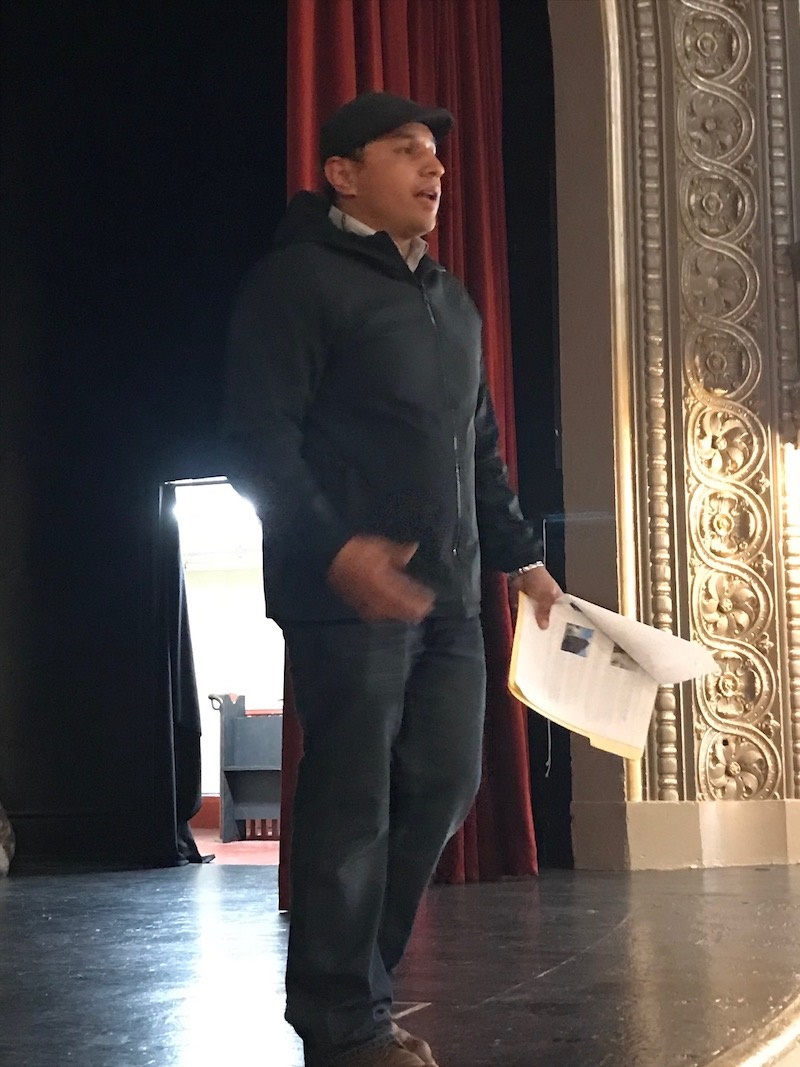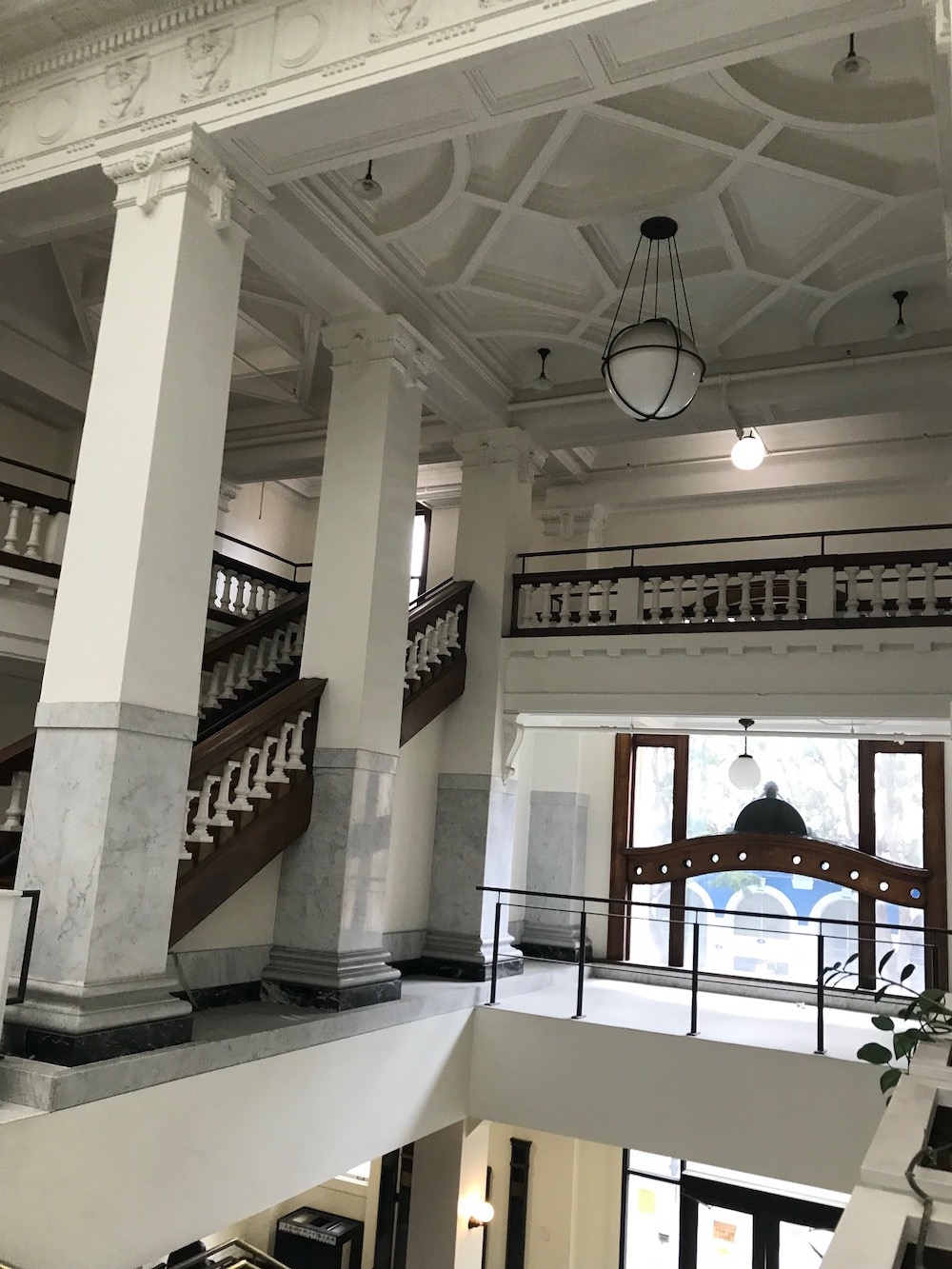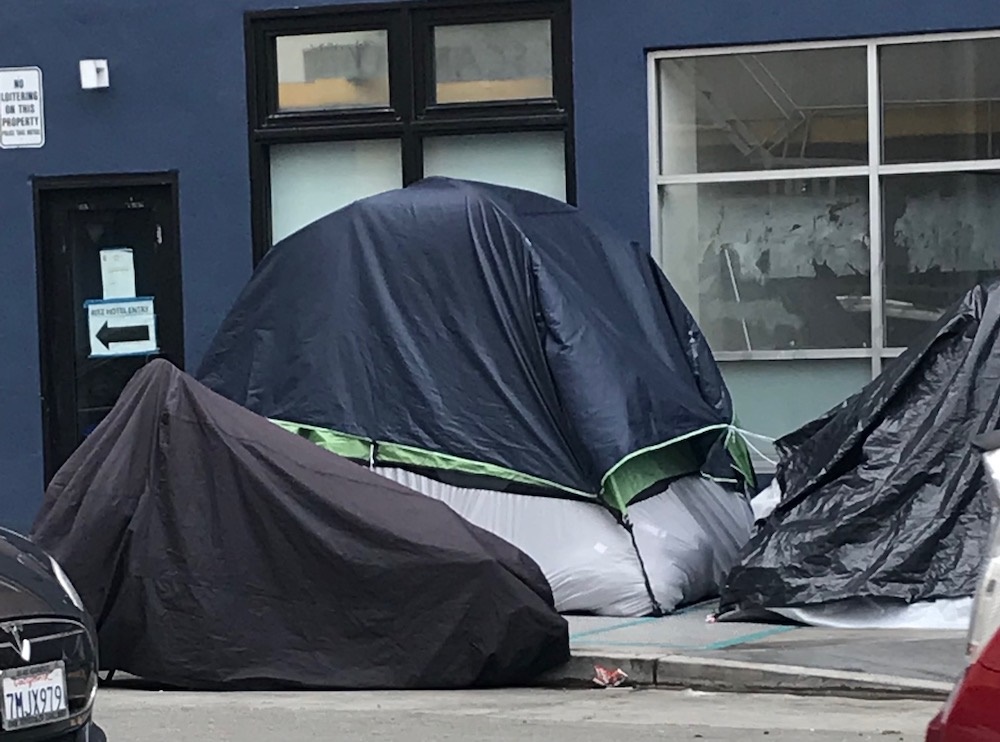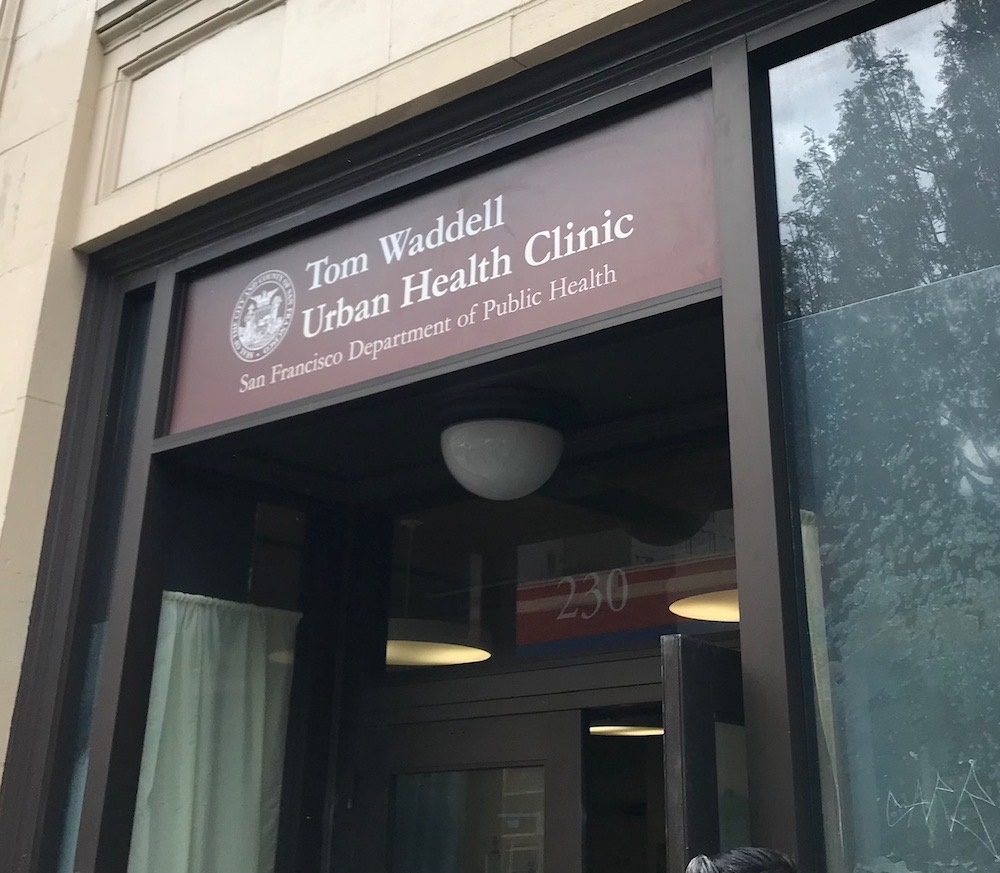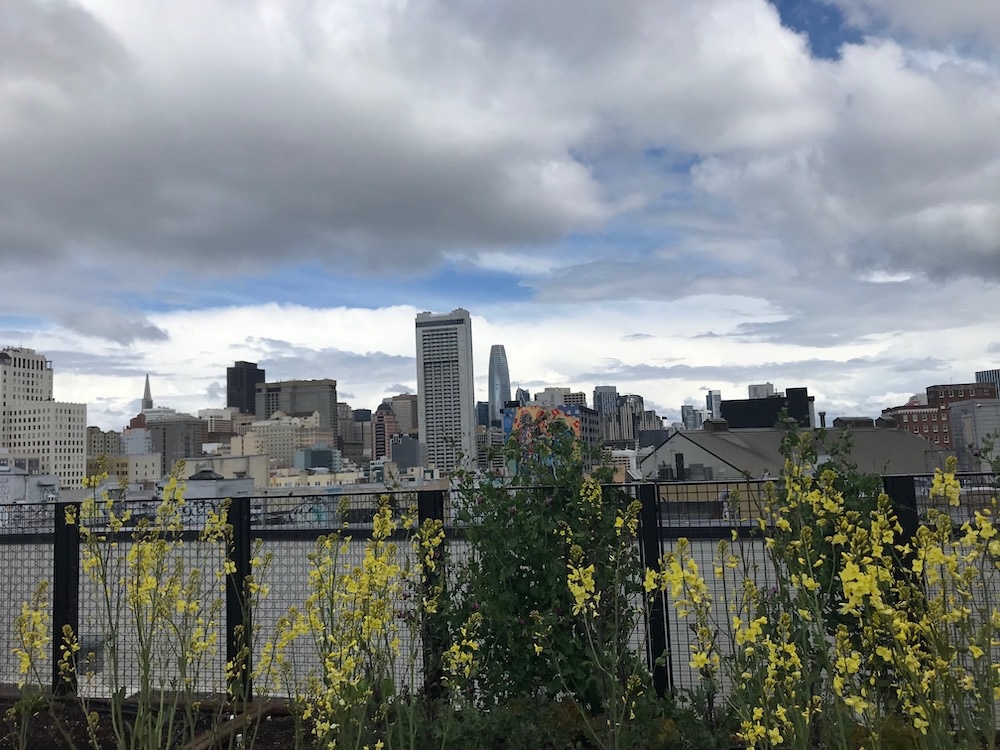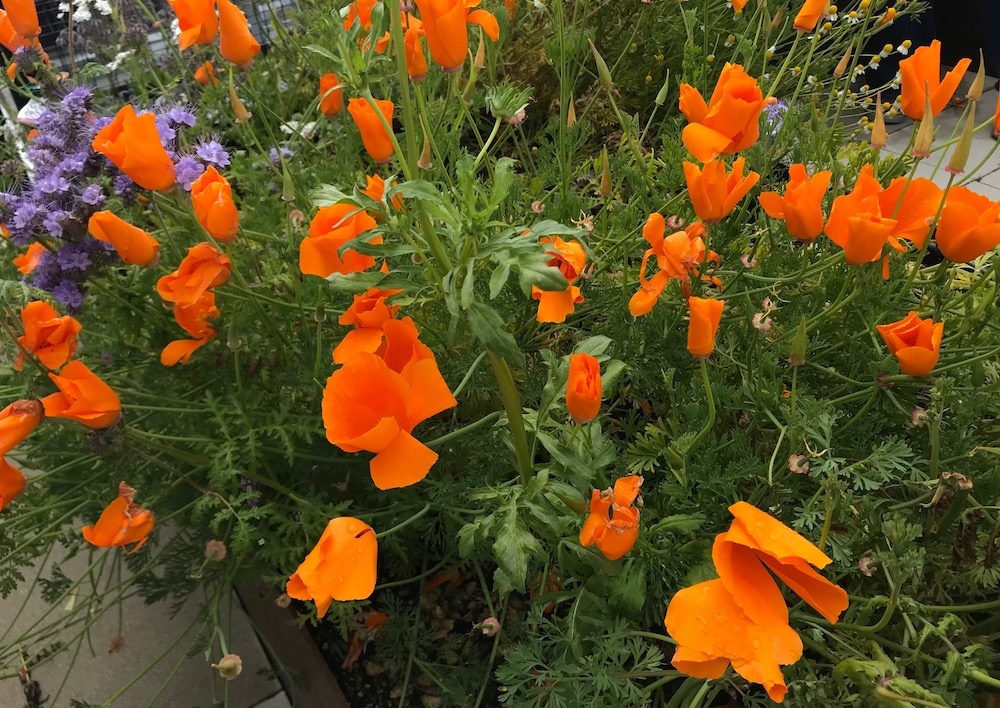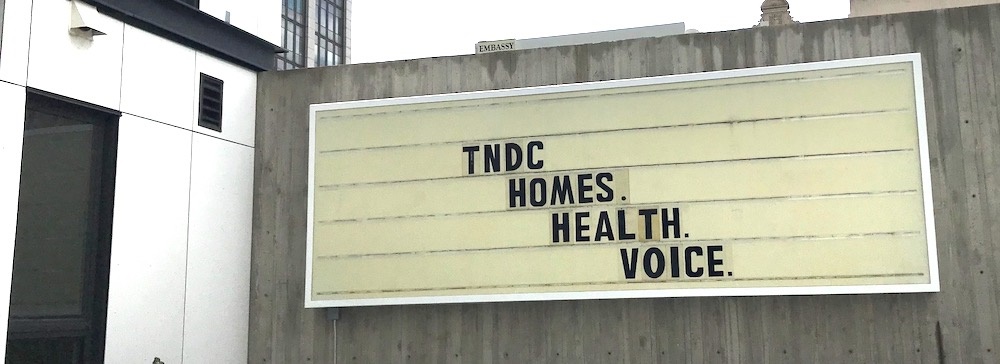This courtyard is one example of what affordable housing can look like. TNDC CEO Maurilio León says the goal is for residents, many of whom have experienced homelessness, to have a sense of peace.
Sanctuary. That’s the word Maurilio León, CEO for
Tenderloin Neighborhood Development Corporation (TNDC), uses to describe the courtyard in an affordable housing development the organization built and now manages in the middle of the Tenderloin, located in downtown San Francisco.
"This neighborhood has been challenged," he says. "In my opinion, housing is a human right. This is what it can look like."
TNDC is known for providing the permanent supportive housing needed in this area, which has the highest homeless population in the city. "Outside, there are circumstances we can’t control," says León. Inside, "we want to be a bridge to opportunity."
The nonprofit owns nine buildings in the district, with an additional 36 buildings in other parts of San Francisco. There are more in the pipeline. In the next five years, the NeighborWorks network organization expects to go from housing 6,400 people to 10,000. All of the buildings have wrap-around services, shares Enrique Ovando, director of Fund Development.
Satwinder "Bill" Multani, who owns Dalda’s Community Market, says he often keeps a tab for people who live in the building when they are strapped for cash in the middle of the month. They pay him back at the end. "They trust us and we trust them," he says.
As part of the Real Estate Convening at the
NeighborWorks Training Institute (NTI) in May, TNDC hosted a tour of some of their properties for low-income and no-income residents in high-priced San Francisco, California. One stop included Dalda’s Community Market, a commercial space on the ground floor of an affordable housing development on Taylor Street that offers a healthy food selection, along with the convenience store staples. TNDC’s John McCormick describes the store as "community driven and community engaged. People in low-income communities want healthy foods," he adds.
A commercial business leasing space can be helpful for both developers and the residents, Ovando says. TNDC has commercial space in 26 of its 45 buildings.
Other stops on the tour included
Father Alfred E. Boeddeker Park, a refurbished park and playground where people of all ages spend their mornings. The mural that overlooks the park took three years, Ovando says, in part because the community was so vested in what it would be. In that same measure, TNDC is equally vested in its community.
A mural stands behind Father Alfred E. Boeddeker Park in the Tenderloin. Painted by local artists Antoine Manata and Robert Gonzalez, the community had plenty of input into what would be portrayed.
This building on the last parking lot in the Tenderloin is still under construction. TNDC staff say that for every 100 homes they have available, there are thousands of applicants.
During the height of the COVID-19 pandemic, the auditorium in the former YMCA served as a food distribution center, says TNDC CEO Maurilio León, who stands on the stage. TNDC developed the building as affordable housing.
Built in 1910, the former YMCA building has 174 apartment homes. The building, set aside for seniors, has a clinic on the ground floor and was "our first venture into health and housing," says TNDC CEO Maurilio León.
A more challenged part of the Tenderloin, homeless residents find shelter in tents.
The health clinic is on the ground floor of one of TNDC’s buildings in the Tenderloin.
Light is really important for public health, says TNDC CEO Maurilio León. The organization has an urban agriculture program with rooftop gardens on most buildings that attract pollinators and wildlife. "When the kids see the birds, they flip out."
Flowers in a rooftop garden atop one of TNDC’s buildings in the Tenderloin.
This historic sign, from a tire shop important to the people of the Tenderloin, is incorporated into a new affordable housing development. Owners of the shop used to leave messages for the community on the sign.
